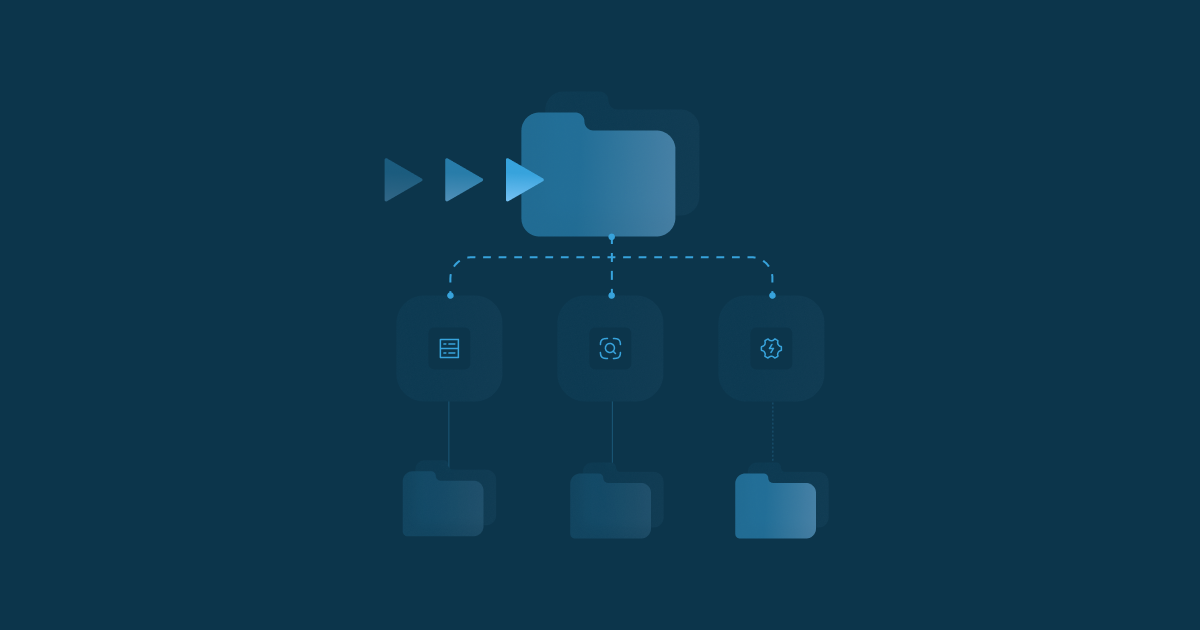
In 2018, SAP’s acquisition of Calliduscloud.com marked a pivotal moment in the evolution of their flagship Incentive Compensation Management product. Renamed as SAP Commissions, the product is undergoing a comprehensive architecture rewrite, transitioning to core SAP technologies and rebranded as SuccessFactors Incentive Management. This transformative change is a response to the ever-evolving landscape of technology and a strategic move to align with SAP’s broader ecosystem.
The crux of this transformation lies in the departure from the existing architecture, which is based on Oracle. This change is not merely a technological shift but a strategic necessity. The current Oracle-based architecture is set to lose support beyond 2026, prompting a critical decision for existing customers. They now find themselves at a crossroads, faced with the choice of either upgrading to the SAP HANA platform hosted on Google Hyperscalers or exploring alternatives within the Incentive Compensation Management (ICM) and Sales Performance Management (SPM) landscape.
One of the aspects of the migration is the fact that some companies that used Callidus’ product also used an intermediate data processing stage called the Landing Pad (or LP for short).
The LP was basically a platform as a service, and it came with an Oracle database and Informatica PowerCenter ETL tool based on a Unix machine.
The platform was fully managed by customers and allowed to massage and preprocess the data before it reached the Commissions.
In the new architecture there won’t be a Landing Pad anymore if a customer decides to migrate to SuccessFactors Incentive Management, all processing from LP will need to be taken somewhere else.

An example of a simple Informatica mapping
SDI (Smart Data Integration), which unfortunately is as not powerful as a combination of Oracle/Informatica/Unix in the old architecture.
There are quite a few considerations to take into account when moving from the Landing Pad to SDI:

An example of SDI flowgraph
In other words, if a customer relied very heavily on in the Landing Pad to preprocess incoming data into an ODI format needed for the old SAP Commissions systems to digest, the task to rewrite Oracle/Informatica/Unix is not a small one to consider.
A few recommendations from Sands Partners on the migration:
No matter what, the deadline for migration is set to 2026. So, if after reading the above you still need some advice on the Landing Pad migration strategy, SANDS Partners are here to help.

